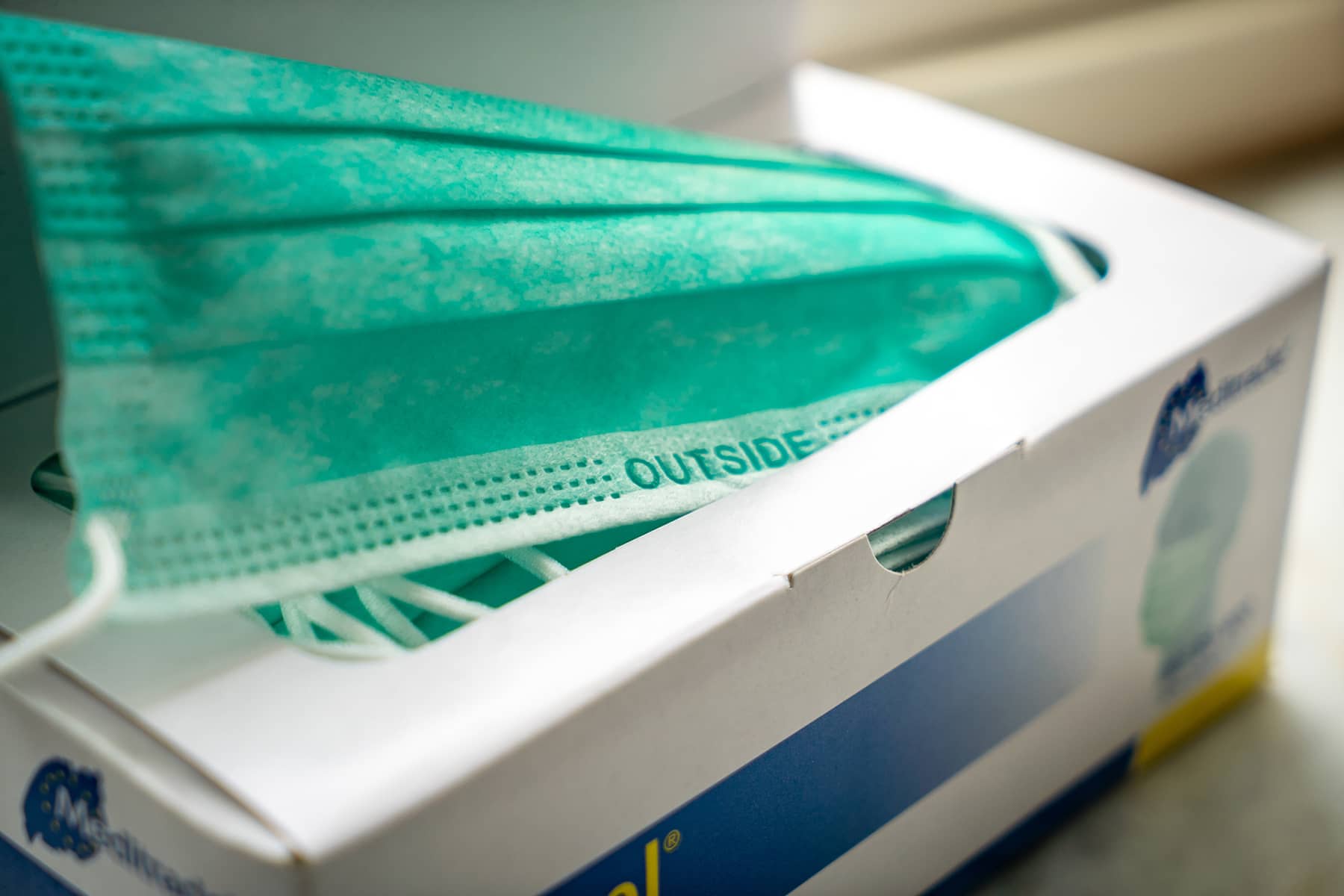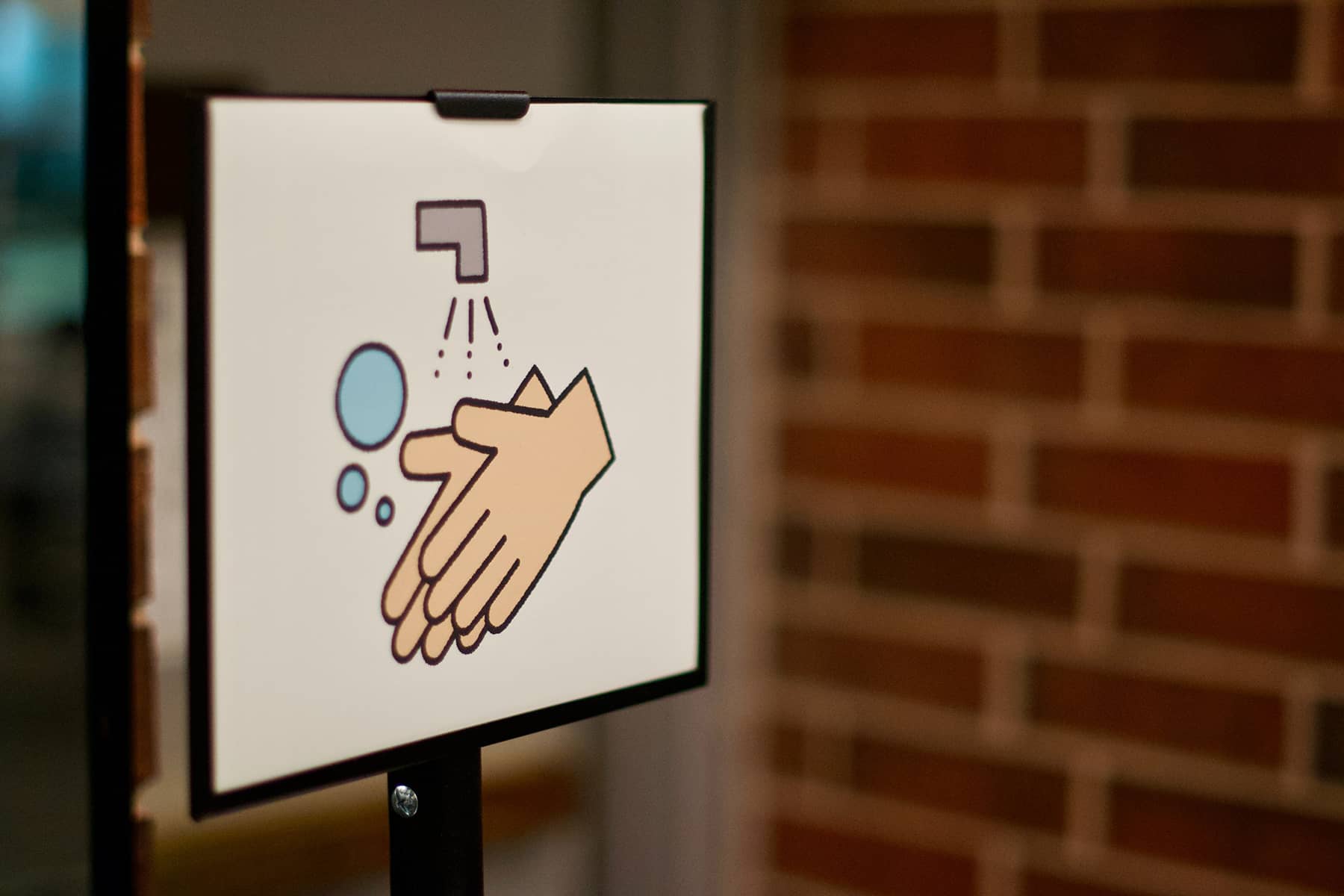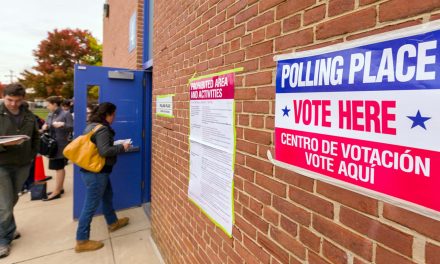
Nearly 2.6 million Wisconsin residents live in counties where COVID-19 numbers and hospitalizations are high enough that federal guidelines call for everyone to wear masks indoors away from home.
Sixteen counties in the state, including the three most populous, have a “high community level” of COVID-19 under standards set by the Centers for Disease Control and Prevention (CDC). CDC guidelines recommend that in counties with a high community level, everyone should wear a mask indoors when they aren’t at home, regardless of whether they’ve had the COVID-19 vaccine or boosters.
The CDC updates its county-by-county community level ratings for COVID-19 every Thursday. The new list of counties with a high community level includes Milwaukee, Dane and Brown counties; the rest are Barron, Columbia, Door, Eau Claire, Grant, Green, Iowa, Kenosha, Portage, Richland, Rock, Rusk and Sawyer counties. Together they are home to 2.57 million people — 43% of Wisconsin’s total population.
“When we get that high community level CDC indicator, that’s when community-wide masking is really necessary,” said Ajay Sethi, a University of Wisconsin epidemiologist. Even at lower community levels of COVID-19, “people who are especially vulnerable to severe disease should always be wearing their mask indoors,” he added.
The CDC began using the community level indicator — which combines the rate of new cases with local hospitalization data to measure the burden on the health care system — earlier this year. A separate CDC indicator uses COVID-19 case rates and the percentage of positive cases in a county to measure community spread of the virus. That map shows continued high spread throughout the state.
Milwaukee County landed on the high community level list on July 14, and the city’s health department reissued a mask advisory for the city shortly afterward. The community level for Dane County shifted to high on Thursday, July 21, and on Friday, Public Health Madison & Dane County issued a recommendation in response for masking indoors.
“It’s just a reminder that COVID hasn’t gone away,” said Sethi. “It’s getting worse, and whatever we’re doing now isn’t working.”
Without government mandates for masking, “it’s not up to policy,” he said. “It’s up to people’s behavior. It’s hard to get people to go back to some of the precautions they used to take.”
Along with universal masking in high-community-level areas, public health agencies also recommend that everyone who hasn’t already done so get the full series of COVID-19 vaccines and boosters.
The most effective masks to help prevent the spread of the virus are N95 and KN95 respirators that fit snugly around the nose and mouth, according to public health providers. Masking helps protect the person wearing it from others around them who might have the virus; it also can protect others from the person with the mask, if that individual is carrying the virus.
The CDC has a website members of the public can use to search for free masks in their local community, although the site does not show the mask suppliers’ inventory levels.
Since mid-May, an average of 1,000 people or more a day have been reported to be infected with COVID-19, according to data reported by the Wisconsin Department of Health Services.
The publicly reported numbers are increasingly likely to be undercounting the true number of cases, however, due to the spread of rapid home tests for the virus. “Most of those tests are not going to be reported to public health,” Sethi said.
As the reported rate of positive tests increases, “there’s going to be a lot more cases out there that are not detected,” he added.
Sethi said that the trends in reported numbers over longer than a couple of weeks to a month are less likely to be meaningful.
Nevertheless, the current trajectory of infections, already high, is rising, Sethi said, and the newest variants appear to more easily overcome the immunity that people have developed, particularly people who have been previously infected. That has made breakthrough infections in people who have been vaccinated more common.
“The size of the pool of people who can get a breakthrough infection is larger now,” Sethi said. And while in the past, patients who had gotten infected were told they were protected from a new infection for 90 days, “that doesn’t make any sense any more.”
The COVID-19 vaccine and boosters still help protect people from the worst effects of the virus, including hospitalization and death, according to public health providers. Of the people hospitalized with COVID-19 — on any given day, about 400 or more patients — most are people who haven’t been vaccinated completely or at all, and people who have compromised immune systems, Sethi said. Many people who qualify for boosters haven’t gotten them, however.
Although its use is limited to patients most at risk for severe COVID-19, the antiviral drug Paxlovid has helped many patients avoid more severe illness. “Paxlovid is definitely the game changer of 2022,” Sethi said.
Erik Gunn
Mіkа Baumеіster and Dаn Dеnnіs
Originally published on the Wisconsin Examiner as Masking recommended again as COVID-19 rises anew in Wisconsin
Donate: Wisconsin Examiner
Help spread Wisconsin news, relentless reporting, unheard voices, and untold stories. Make a difference with a tax-deductible contribution to the Wisconsin Examiner














